The Sansibar dates back to the latter years of the Spanish occupation of the Philippines. It is sometimes called a san sibak! which means one chop! in Filipino dialects. Over time the name phrase has been anglicized into Sansibar. Then, as now, the Sansibar-style blades are used by rivermen who cut bamboo for boat making. These well-traveled Filipinos spread the Sansibar throughout the islands, making it a widespread and widely modified blade design.
Though it has many utilitarian uses, be not deceived by the Sansibar, for it was borne out of the fighting of nationalist Filipinos against the Spanish. The Sansibar was a popular blade of the Katipuneros, who used its swift and decisive chopping and thrusting blade as a tool in their revolution. This blade is light and quick in the hand, and its design ensures lethality in the strike.
This Philippine-crafted Sansibar has a sharp blade of 5160/D2 high carbon steel tempered to HRC 58-60. The guard and grip ferrule are of darkened metal and the grip is of carved wood. A carved wooden scabbard with a blade-retaining clip is included. The metal clip locks the blade in place by going over the lip of the guard. It can be released by a good tug on the grip.
Please Note: Due to being crafted in a tropical environment with native woods, it is common for these weapons to develop thin, minor cracks in the wood and the scabbard as the woods adjust to our more temperate environment. Cracks in items sent to you will not be harmful to the structural integrity of the item. Also – The decorative rattan wrapping can be brittle and may crack or break.
It is recommended that a light coating of protective oil is used to protect the wood from dryness and cracking.



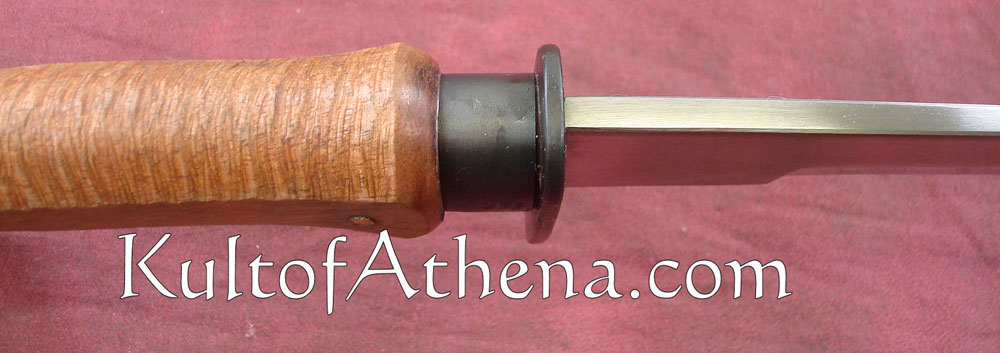

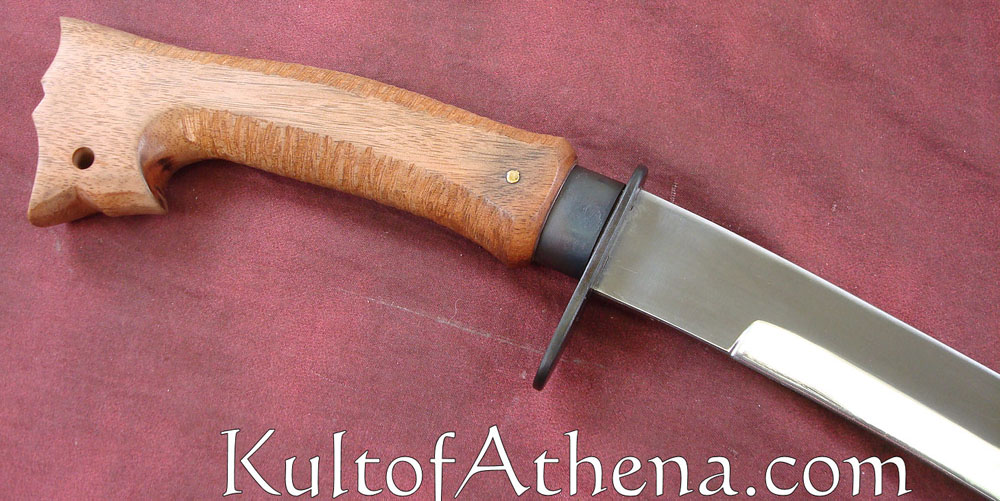
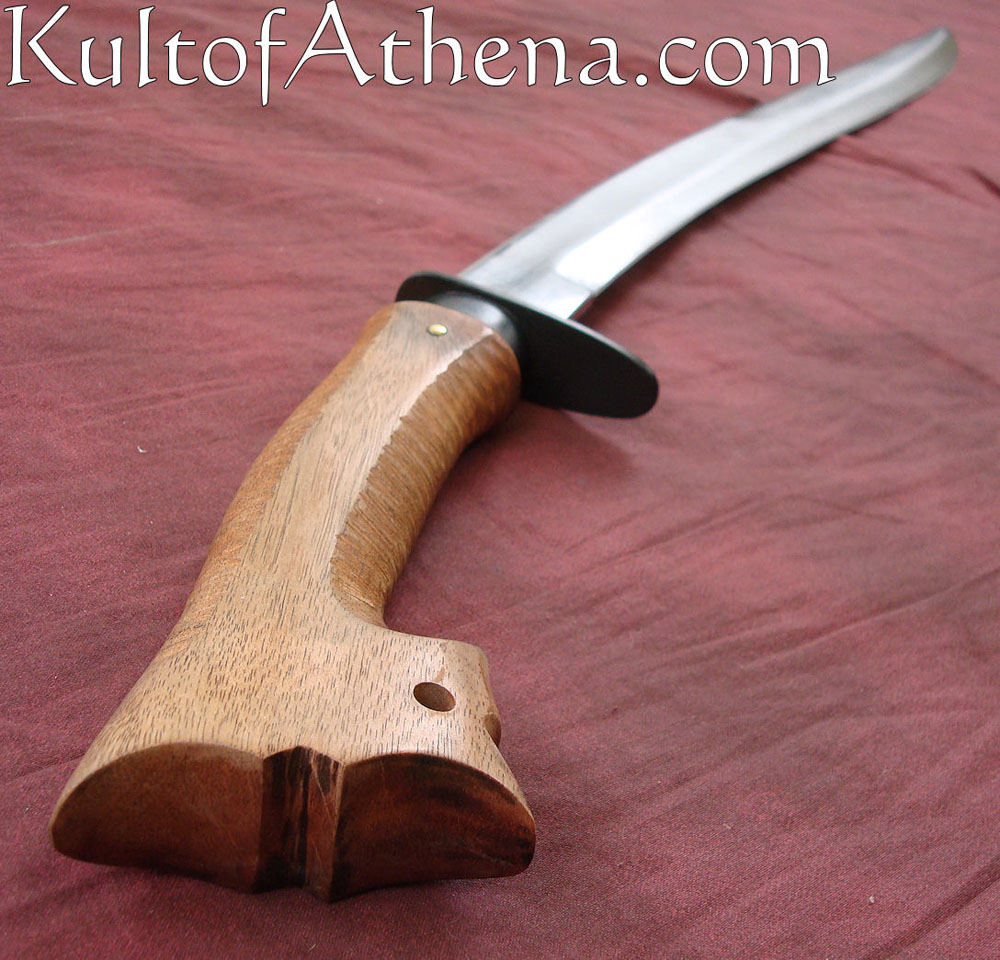
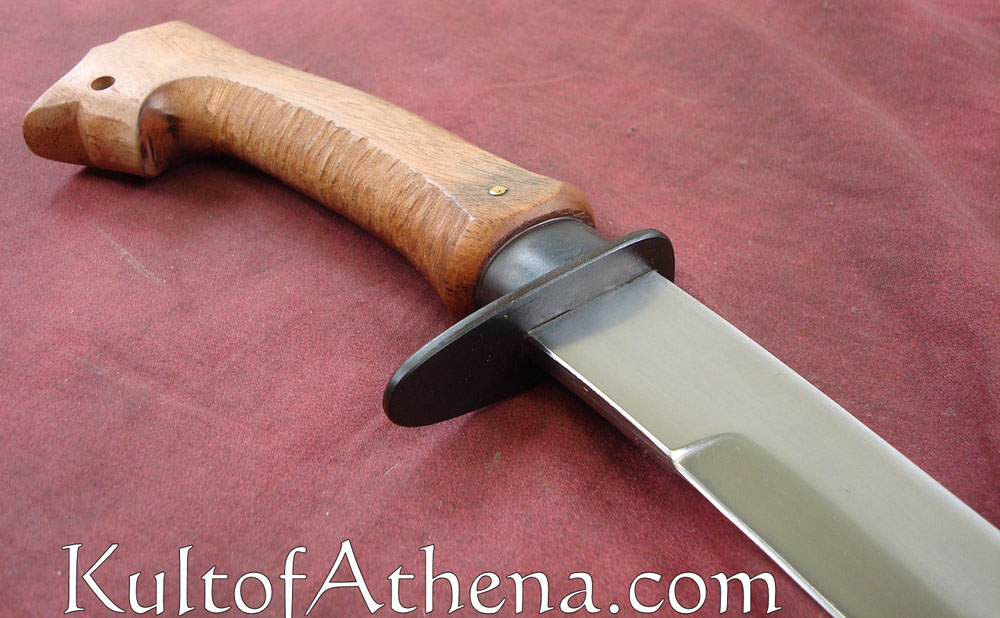
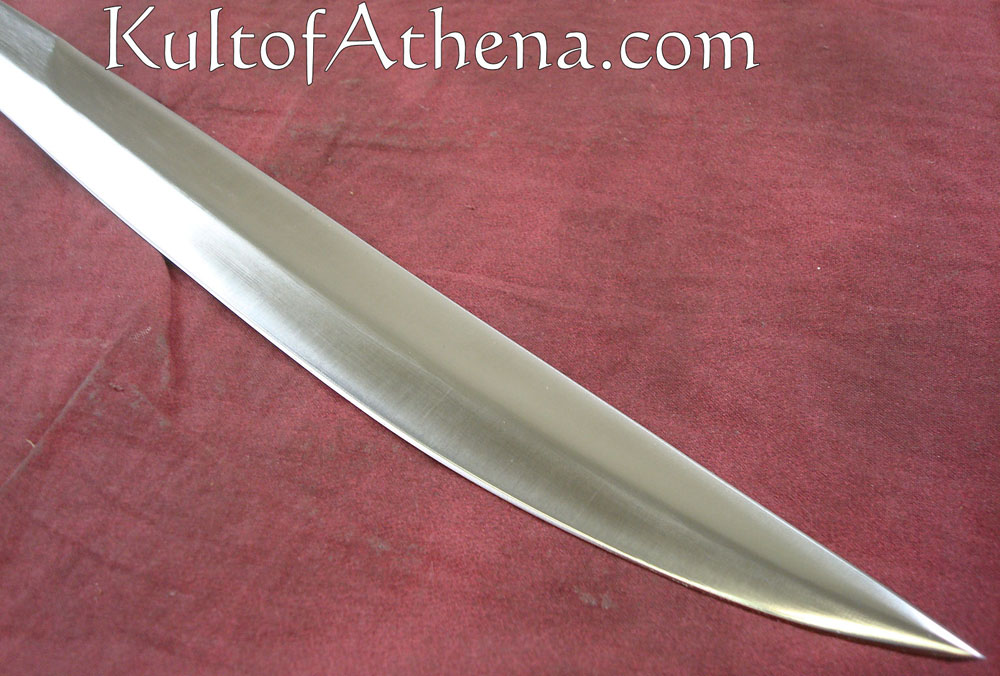
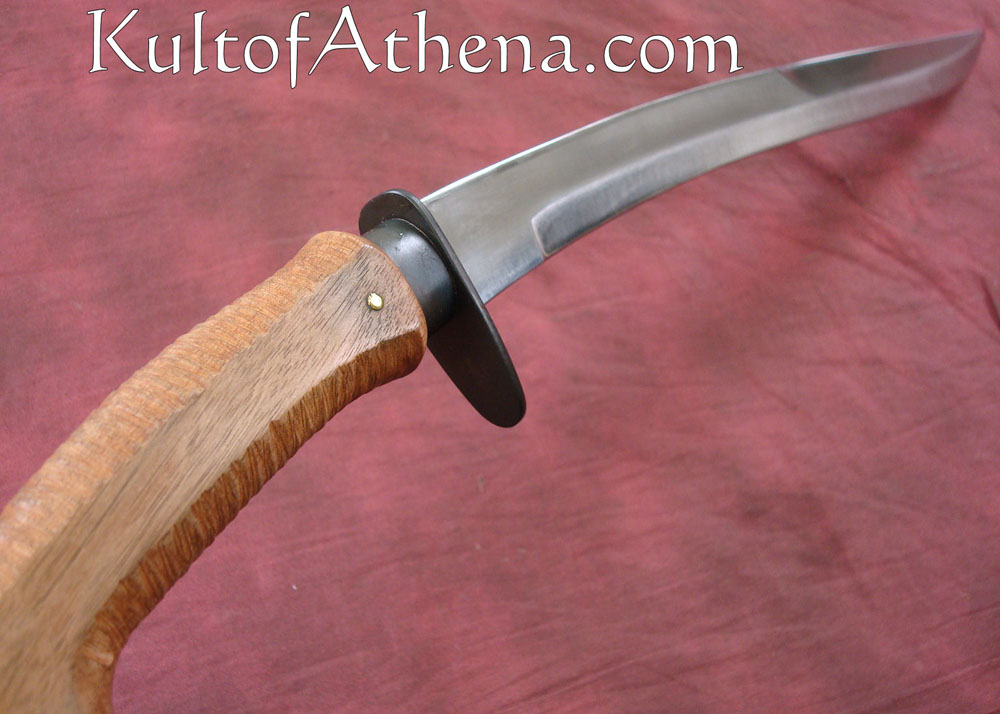

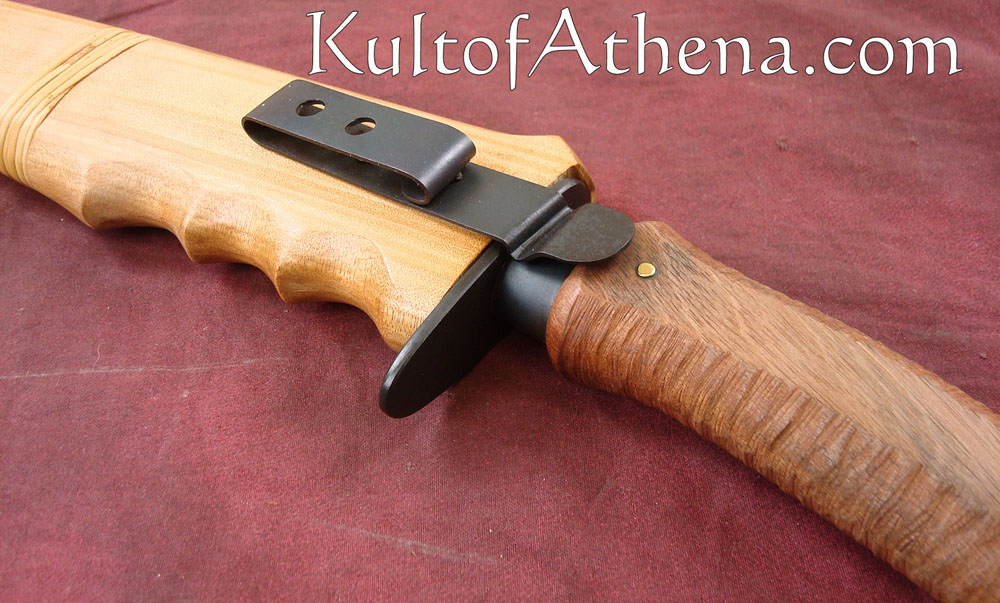
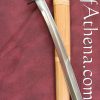


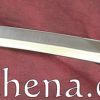

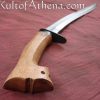
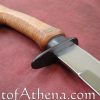
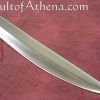
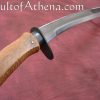

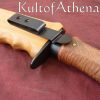
Reviews
There are no reviews yet.